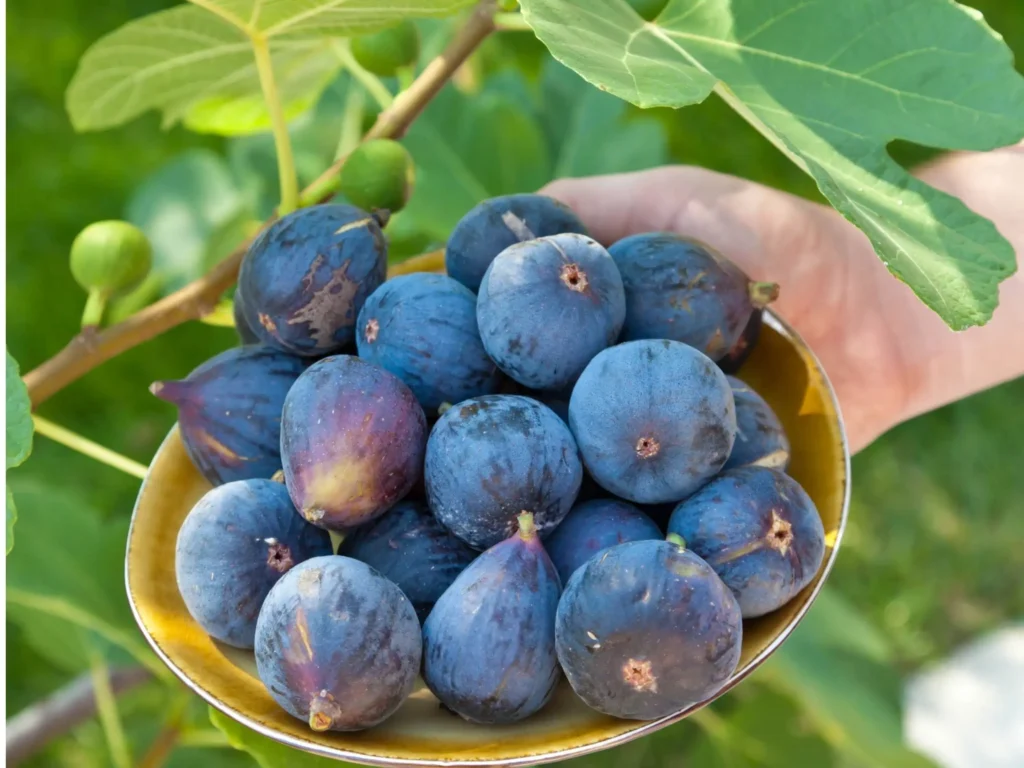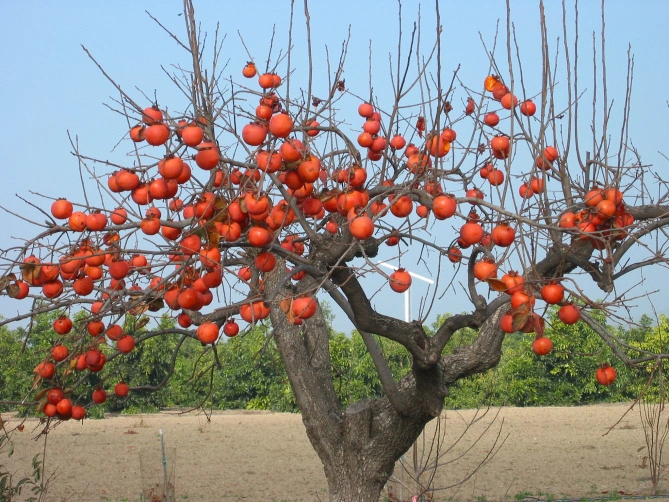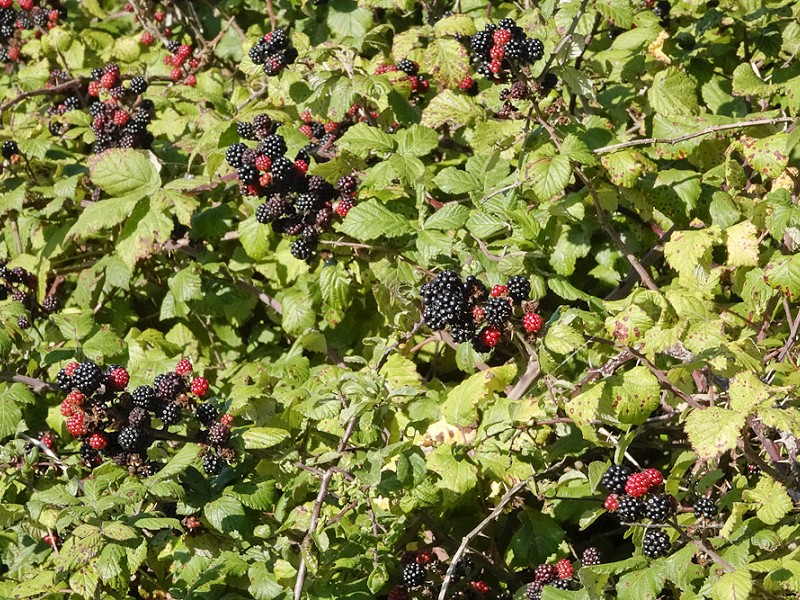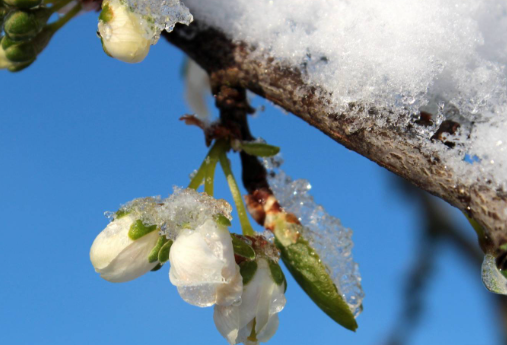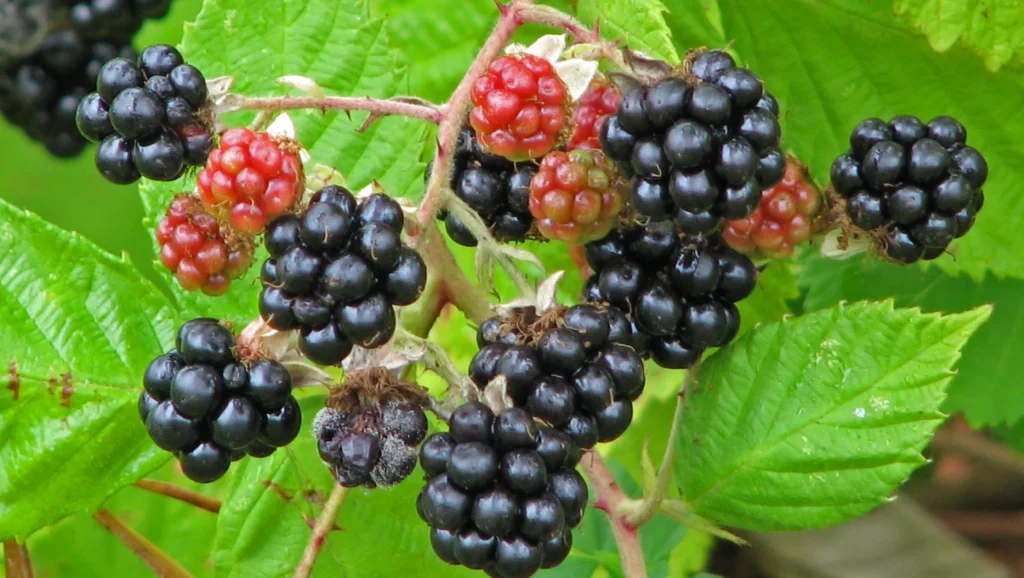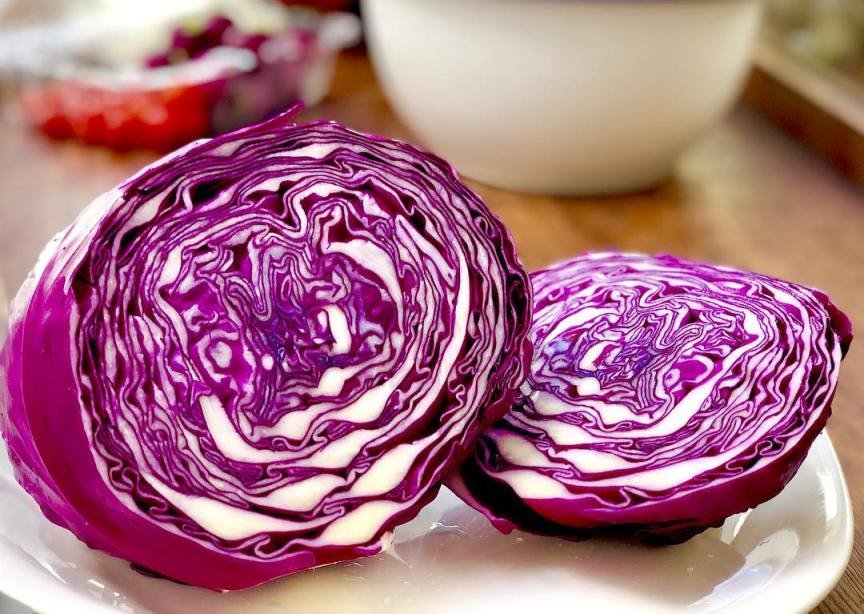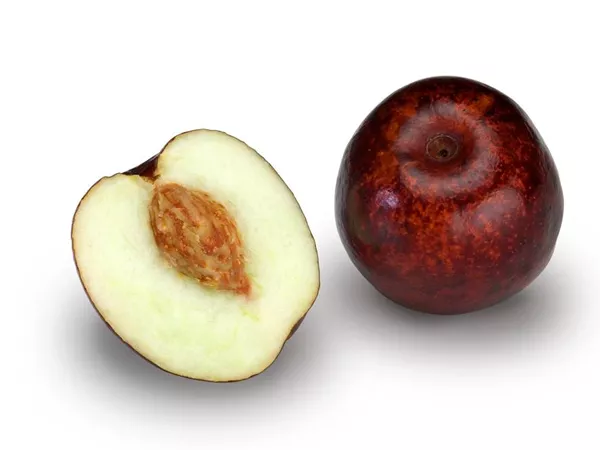Watermelon is a delicious fruit many enjoy for its sweetness and refreshing qualities. It’s essential to be able to identify a spoiled watermelon to make sure you’re not disappointed when you’re ready to eat it. There are a few clear signs that can help differentiate between a good watermelon and a bad one. Let’s explore how you can spot a not-so-good watermelon and choose the best ones.
Table of Contents
Identifying a Spoiled Watermelon
To tell if a watermelon isn’t good, there are key indicators to look for, such as a squishy texture, a weird or sour smell, or a taste that isn’t sweet. Avoid watermelons that have dents, cracks, or moldy areas. If you tap on the watermelon, listen for a hollow sound, as this usually means it’s ripe. A good watermelon will also be heavy for its size and smell fresh and slightly sweet.
What to Watch Out For in a Bad Watermelon
- Outside Look: First, check the watermelon’s outside. It should be firm and smooth, without any bruises, soft spots, or mold. If you see these issues, it’s best to pass on that watermelon.
- Heaviness: A ripe watermelon will feel solid and heavy because it’s full of water. When lifting the watermelon, it should feel weighty. A light watermelon might be dry or hollow inside.
- Sound Check: When you knock on the watermelon with your hand, a ripe one will have a deep, hollow sound. An unripe or spoiled one might sound more solid and heavy.
- Feeling the Surface: Touch the watermelon’s skin. It should be even all over with no mushy parts. A ripe and fresh watermelon will have a consistent feel everywhere.
- Scent: Smell the watermelon near where the stem was. A good one will smell slightly sweet. If the smell is sour or like fermentation, the watermelon is probably bad.
- Tasting: If you’re unsure about its quality, cut a little piece and try it. A good watermelon will taste sweet and have lots of flavors. If the taste is plain or just not right, the watermelon may not be good to eat.
How to Pick a Great Watermelon
Now that you know the signs of a bad watermelon, here are some tips to help you choose a good one:
- Shape Matters: Look for a watermelon that has a nice, even shape. Odd shapes or lumps could mean that the watermelon didn’t grow evenly.
- The Yellow Spot: Seek out a creamy yellow spot on the watermelon. This spot, called the field spot, shows where it rested on the ground and ripened under the sun. A paler spot might mean it was picked too early.
- Tap Test: Remember to do the tap test. A deep, hollow sound can indicate a ripe watermelon, while a flat sound can mean it’s not quite ready or past its prime.
- Touch the Skin: Feel the skin of the watermelon. It should be firm, not soft or rough. A rough texture could indicate the watermelon is overripe.
- Smell Test: Smell the watermelon where the stem was. A ripe and tasty watermelon will have a subtle, sweet fragrance. Skip any with a sour smell.
- Try Before You Buy: If possible, try a piece of watermelon before you buy it. It should be sweet and full of flavor. A bland or watered-down taste might be a sign that it’s not the best one to choose.
Conclusion
Knowing how to spot a watermelon that has gone bad can help make sure you get to enjoy the best fruit possible.
Keep an eye out for the look, weight, sound, feeling, smell, and taste of the watermelon to judge if it’s ripe or overripe. Use the helpful tips provided on selecting a great watermelon to improve your chances of getting a ripe and flavorsome fruit.
